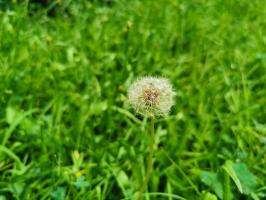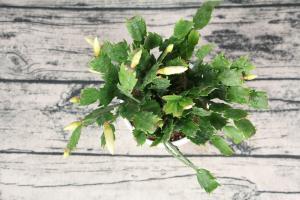What Does a Rubber Tree Plant Look Like
If you're searching for an easy-to-care-for houseplant that adds a natural touch to your home, you might want to consider growing a rubber tree plant. This tropical plant is native to Southeast Asia and can make a unique addition to your indoor garden. But what exactly does a rubber tree plant look like? Let's find out!
Plant Anatomy
The rubber tree plant, or Ficus elastica, is a species of fig tree that can grow up to 100 feet tall in its natural habitat. However, as a houseplant, it can grow up to 10 feet tall and has a more compact shape. The plant has thick, glossy leaves that are often 8 to 12 inches long and 4 to 6 inches wide.
The leaves are usually dark green, but some varieties can have variegated or reddish-purple foliage. The plant also has a woody stem that can become thick and woody over time. If you're lucky, you might even see small, bell-shaped flowers on your rubber tree plant, although they're rare in indoor environments.
Care Requirements
Now that you know what a rubber plant looks like, let's talk about how to take care of it. This plant is relatively easy to care for, as long as you can provide it with the right conditions. Here are some essential care requirements for your rubber tree plant:
Light: Rubber tree plants thrive in bright, indirect light. Direct sunlight can burn their leaves, so it's best to keep them away from windows that receive direct sunlight.
Water: Allow the top inch of soil to dry out before watering your rubber tree plant. Overwatering can lead to root rot, so it's crucial to let the soil dry out between waterings.
Humidity: Rubber tree plants prefer high humidity levels, so it's a good idea to mist them regularly. You can also place a humidifier near the plant to increase humidity levels.
Temperature: Rubber tree plants prefer temperatures between 60 and 75 degrees Fahrenheit. Keep them away from cold drafts or hot, dry air from heaters.
Propagation
If you want to grow more rubber tree plants or propagate your existing one, you can do so by stem cuttings or air layering. Here's how:
Stem cuttings: Cut a 6-inch stem from the rubber plant and remove the bottom leaves. Place the stem in a water-filled jar, making sure the top leaves remain above the water. After a few weeks, roots should sprout from the stem, and you can transplant it to soil.
Air layering: This method involves scoring the stem of the plant and wrapping it with sphagnum moss or rooting hormone. After a few weeks, roots should appear, and you can cut off the rooted section and transplant it to soil.
In Conclusion
A rubber tree plant is an excellent addition to any indoor garden, thanks to its hardy nature and striking appearance. With its large, glossy leaves and woody stem, this plant is sure to make a statement in any room. By providing it with the right care and growing conditions, you can enjoy the beauty of your rubber tree plant for years to come.

 how many times do yo...
how many times do yo... how many planted tre...
how many planted tre... how many pine trees ...
how many pine trees ... how many pecan trees...
how many pecan trees... how many plants comp...
how many plants comp... how many plants can ...
how many plants can ... how many plants and ...
how many plants and ... how many pepper plan...
how many pepper plan...
































